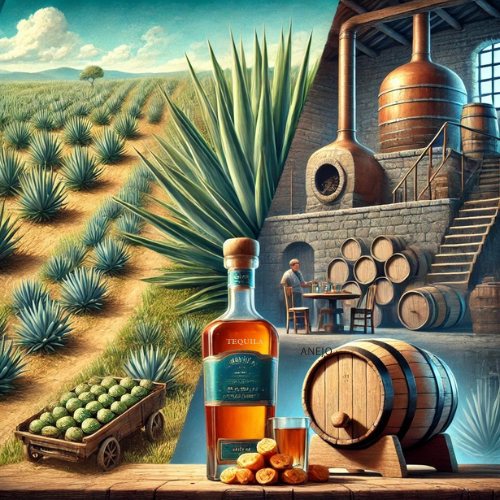How To Choose the Best Tequila: A Complete Guide (2025)
Here’s a shocking stat: 57% of premium tequila buyers make purchase decisions based on bottle design alone! As…
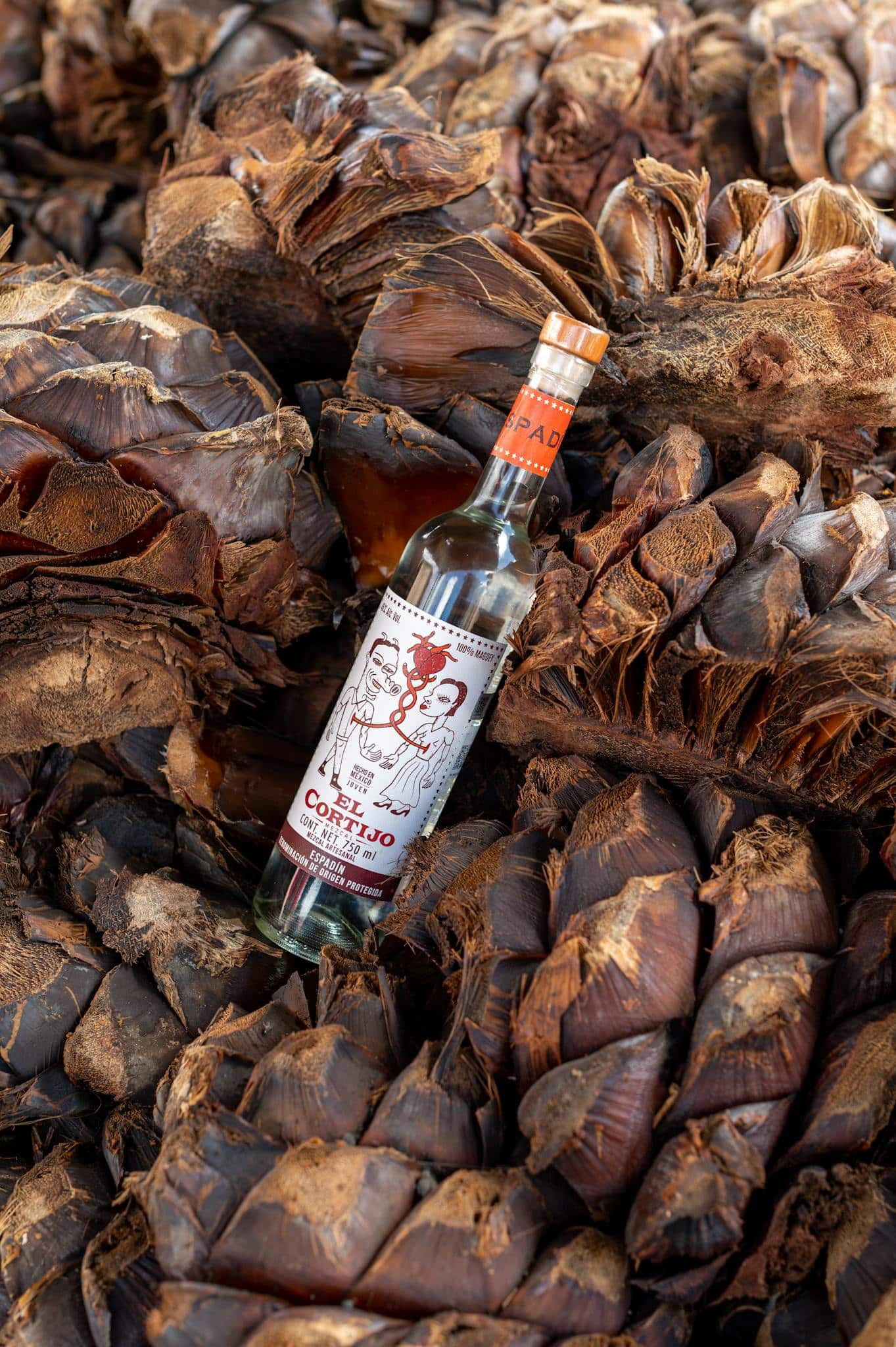
Here’s a shocking stat: 57% of premium tequila buyers make purchase decisions based on bottle design alone! As an experienced Tequila consumer, I’ll help you look beyond the packaging to find truly exceptional tequilas that match your taste and budget so you can get an idea of how to choose the best tequila.
Understanding Tequila Types
I would like to start by telling the story of how I got into the world of tequila and the adventure it’s been! I used to think tequila was just that stuff we shot at college parties, usually followed by a grimace and a lime chase. It turns out that is the wrong way of drinking Tequila.
It wasn’t until I visited a small distillery in Jalisco (Tres Mujeres) that I got schooled on what makes each type unique.
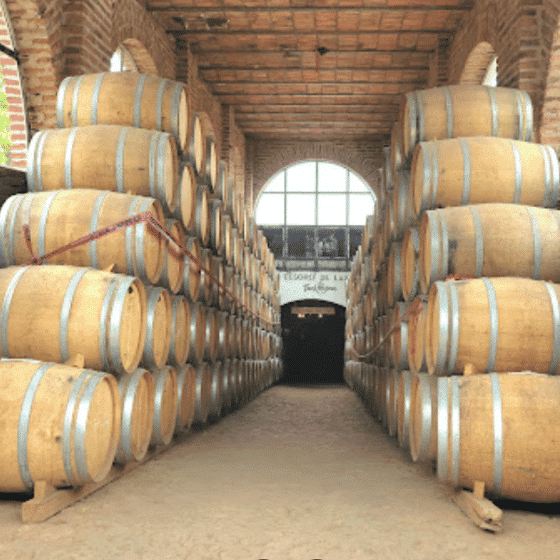
First, let’s talk about Blanco tequila, which has become my go-to for margaritas. It’s completely unaged, so you’re getting the purest agave flavors. Think crisp, peppery notes with this slight sweetness that shocked me the first time I tried a good one. My favorite trick? Sip it slowly at room temperature instead of doing shots. That was a game-changer for me.
Then there’s Reposado, which means “rested” – it chills in oak barrels for at least two months but less than a year. While longer-aging tequila is considered to be better tequila by many, that is not necessarily the case. The barrel aging adds these subtle vanilla and caramel notes that make it perfect for cocktails like a Tequila Old Fashioned. If you like that kind of taste, I would consider going for a Tequila Reposado for your coctails.
The next type of Tequila is Añejo, that is aged for at least a year. Añejo is derived from the Spanish word Año, which means year. Don’t ever use an Añejo bottle of Tequila for mixed drinks. I would consider that an expensive mistake. My wallet still hurts thinking about it! While it was tasty, Añejo is really best enjoyed straight, where you can appreciate those complex woody and spicy flavors that develop during aging.
Extra Añejo is the newest official category, aged over three years. I remember trying my first sip at a tasting event – it was smoother than any whiskey I’d ever had. But here’s a pro tip: just because it’s the most expensive doesn’t mean it’s what you should buy. I’ve found some killer Reposados for under $40 that blow away Extra Añejos twice the price.
The biggest mistake I see people making? Not checking if it says “100% agave” on the bottle. I learned this the hard way after a particularly rough morning following some mixto tequila (that’s the stuff made with only 51% agave). Now I always tell friends – if you see “gold” tequila that’s super cheap, run away! It’s probably mixto with caramel coloring added.
Your best bet is starting with a quality Blanco to really understand what pure agave tastes like. I usually recommend Olmeca Altos or Espolòn – both are affordable and totally legit. Once you’ve got that baseline, exploring different aged expressions becomes way more fun and meaningful.

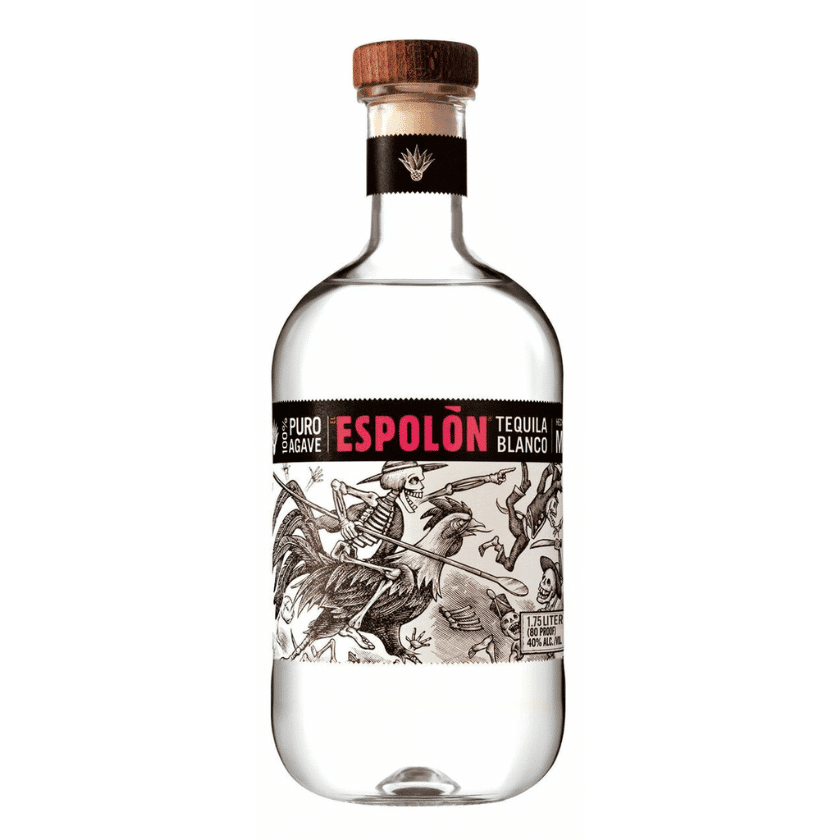
Just remember – good tequila should never burn going down or leave you with a crushing hangover. If it does, you’re either drinking it wrong or drinking the wrong stuff. And don’t get me started on the salt and lime ritual – that’s a story for another day!
Quality Markers of Premium Tequila
You wouldn’t believe what I discovered after dropping $200 on a “premium” tequila that turned out to be all marketing hype! Since then, I’ve learned exactly what separates the real deals from the pretenders.
NOM numbers became my best friend after that expensive mistake. Every legit tequila has this number on the bottle that tells you exactly which distillery made it. I discovered out some fancy brands actually come from the same place as the budget ones—crazy, huh? I keep a note on my phone now to check these numbers before buying.
The agave sourcing makes a massive difference. The best stuff comes from Highland agave grown in rich, red soil. Last year, I visited a premium distillery that only harvests agave plants at peak ripeness (around 7-8 years old). The difference in taste compared to younger agave was insane – like comparing fresh-squeezed orange juice to the powdered stuff.
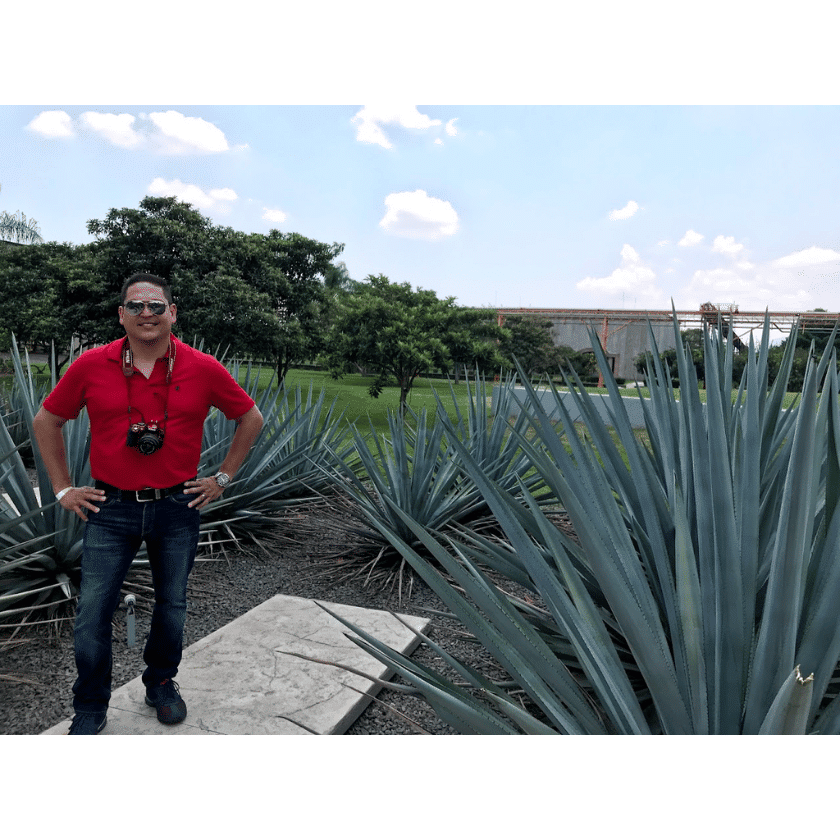
Traditional production methods are another major quality marker. When I saw them using a tahona wheel to crush agave, it clicked why some tequilas taste so much more complex. Sure, it’s slower than efficient modern methods, but you can taste the difference. The master distiller showed me how they still cook agave in brick ovens instead of using diffusers – takes way longer but preserves those deep, roasted flavors.
Here’s what really shocked me: premium tequila should have zero additives. Turns out, many popular “luxury” brands add glycerin or caramel coloring to make their product seem smoother or darker. Thats crazy! Now I always check for “no additives” certification.
The bottle proof matters too, I learned this one while comparing different batches at a tasting. Premium tequilas usually sit between 38-40% ABV. Anything significantly lower means its not a really a tequila and might be considered a liqueur.
Premium distilleries use natural spring water or deep well water filtered through volcanic rock. Had this amazing tour where they showed us their proprietary filtration system.
The craziest thing I’ve found? Price doesn’t always equal quality. Some bottles priced at $150+ use diffusers and additives, while there are incredible traditionally-made tequilas around $50-60. It’s all about knowing what to look for rather than just grabbing the most expensive bottle on the shelf.
And don’t get fooled by fancy bottles like I used to. Some brands spend more on packaging than what’s inside. Now I look for detailed production information on the label instead of just pretty designs. Way more useful!
Reading Tequila Labels
Let me share what completely changed my tequila shopping game after an embarrassing experience at a high-end liquor store. I spent 20 minutes pretending to understand what all those label terms meant before finally admitting to the store owner I was lost!
First up – “100% de agave” or “100% puro de agave” is your golden ticket. If you don’t see these exact words, put that bottle down! I learned this the hard way after buying what I thought was premium tequila, only to discover it was mixto. My hangover the next day was legendary, and not in a good way.
The distillery details matter big time. Every authentic tequila has a NOM number (Norma Oficial Mexicana). It’s usually tiny and hidden on the back label – I keep a magnifying app on my phone for this! This NOM number meaning lets you trace exactly where your tequila was made. I discovered one of my favorite “craft” brands comes from a massive factory that makes dozens of other labels.

Aging statements threw me for a loop initially. “Blanco” or “Plata” means unaged, “Reposado” means aged 2-12 months, “Añejo” is 1-3 years, and “Extra Añejo” is over 3 years. But here’s the tricky part – some brands try to confuse you with terms like “platinum” or “gold” which actually mean nothing officially.
Region matters too. “Tequila” legally must come from specific areas in Mexico, primarily Jalisco. The label should mention “Hecho en Mexico” and the specific region. I once accidentally bought an “agave spirit” that wasn’t even tequila – total rookie move!
Watch for sneaky marketing terms. “Handcrafted” doesn’t mean anything legally. Neither does “small batch” or “artisanal.” I got suckered by these fancy words before learning what really matters. Real premium tequila will highlight their traditional production methods like “tahona-crushed” or “brick oven-cooked.”
The alcohol percentage tells a story too. Premium tequilas usually hit between 38-40% ABV. Anything significantly lower often means they’re cutting corners. I keep a note on my phone with these numbers because math isn’t my strong suit after tasting sessions!
Look for lot numbers – they’re like a birthday for your bottle. This helped me track down a fantastic batch I tried at a tasting. The next bottle from a different lot wasn’t quite the same, but still good. It’s part of the artisanal nature of proper tequila production.
And don’t get distracted by fancy bottles or celebrity names. I spent way too much on a beautiful crystal bottle only to find out later it was a pretty basic mixto inside. Now I know – the more important info is in the fine print, not the fancy design!
Matching Tequila to Your Needs
Let me tell you what I’ve learned about matching tequilas to different occasions after way too many mismatched pairings at parties. Getting this right can seriously level up your hosting game.
For casual sipping, Reposado is your best friend. I discovered this after serving an expensive Añejo at a backyard barbecue – total overkill! A good Reposado gives you those subtle oak notes while staying versatile enough for mixing if guests want cocktails.
Margaritas? Stick with Blanco. The clean, pure agave flavors shine through the lime and won’t fight with your mixers. Made this mistake once using an Extra Añejo in margaritas – felt like watching someone put Coke in a 30-year scotch!
For special occasions or impressing tequila enthusiasts, grab an Añejo. I serve mine in proper tequila flutes now after embarrassingly using shot glasses at a fancy dinner party. Room temperature is key – learned that after accidentally serving it too cold and killing all those complex flavors.
When it comes to food pairing. blanco works beautifully with seafood – try it with ceviche! Reposado pairs amazingly with grilled meats, while Añejo complements desserts surprisingly well. Had my mind blown when someone paired Extra Añejo with dark chocolate.
For large gatherings, don’t blow your budget on premium stuff that’ll get lost in mixed drinks. I wasted a small fortune doing this before realizing a quality Blanco around $30-40 works perfectly. Save the fancy bottles for smaller groups who’ll appreciate them.
Budget matters too. Found some killer values in the $35-45 range for Blancos, $45-60 for Reposados, and $60-80 for Añejos. Anything pricier should be for special occasions or serious collectors.
Temperature and glassware affect the experience hugely. Room temp for aged expressions, slightly chilled for Blancos. And please, ditch the shot glasses unless you’re doing party shots. Proper glassware lets you catch all those subtle aromas that make premium tequila worth the extra cash.
The biggest lesson? Match the tequila to your crowd’s experience level. There is no point serving complex Extra Añejo to folks who’ll shoot it without tasting. Been there, cried inside, learned my lesson!
Common Purchasing Mistakes
I want to talk about my worst mistake when it comes to buying Tequila. I once spent $150 on a celebrity-endorsed bottle that turned out to be all marketing and mediocre juice.
Price isn’t everything – that’s probably the biggest trap I fell into. Some of my favorite tequilas now cost under $50. I found out many expensive brands use the same production methods as cheaper ones, just with fancier bottles and bigger marketing budgets.
Getting swayed by fancy packaging was my downfall once. This gorgeous crystal bottle caught my eye, but the tequila inside was mixto with caramel coloring. Now I always check the NOM number and production details before even looking at the bottle design.
Don’t trust the “premium” label either. There’s no regulation on this term, and I’ve seen it slapped on some pretty questionable products. One “premium” brand I bought actually used a diffuser and additives – basically industrial shortcuts masked by clever marketing.
Age statements can be misleading too. I thought I was being smart buying Extra Añejo for cocktails. Big mistake! The aging process makes it smoother but can mask the vibrant agave flavors you actually want in mixed drinks.
Shopping at big box stores is risky. Their selection often focuses on mass-produced brands with additives. I found this out after comparing the same bottle from a specialty liquor store – totally different taste profiles.
The “sale” trap got me good once. I bought six bottles of discounted tequila only to realize later it was on sale because the batch was subpar. Quality tequila rarely goes on deep discount – usually means something’s off.
Here’s another rookie move – not checking storage conditions. I bought an expensive bottle that had been sitting in direct sunlight for months. The heat had totally changed the flavor profile. Now I always check how stores display their spirits.
And don’t get caught up in limited editions like I did. I spent way too much on “special releases” that weren’t actually special at all – just regular tequila in collector bottles. Those are usually more about FOMO than quality.
The most embarrassing mistake? Thinking higher alcohol content meant better quality. I grabbed a 46% ABV bottle thinking I was clever, only to find out later they’d probably skipped proper filtration steps.
Red Flags to Watch Out For
I want to share the biggest red flags I’ve learned to spot after wasting money on some questionable tequilas. Just last month, I nearly got fooled again by a sleek bottle until I noticed these warning signs.
First up – any tequila labeled just “gold” or “joven” without saying “100% agave” is trouble. These are usually mixtos with caramel coloring added. Learned this one after a particularly rough morning that still makes me shudder.
Diffuser-made tequila is another sneaky one. If the price seems too good to be true for a premium brand, they’re probably using this industrial process. The taste is way harsher – like comparing microwave dinner to home cooking.
Watch out for brands that don’t list their distillery location. I had this “artisanal” tequila that only mentioned “Made in Mexico” – it turns out it wasn’t even from the tequila region! Always check for specific regions like Jalisco.
Celebrity endorsements often mean inflated prices. Can’t tell you how many times I’ve seen mediocre tequila marked up just because some famous person slapped their name on it. The worst part? These are usually mass-produced with additives.
Super clear añejo is suspicious. Proper barrel aging should give some color. Found one that was crystal clear despite claiming two years in oak – totally artificial filtering going on there.
Beware of brands that don’t show their NOM number clearly. If they’re hiding this basic info, what else are they hiding?
Any label claiming “smooth” as their main selling point usually means additives. Real tequila has character and complexity. That artificially smooth feeling comes from glycerin or other sweeteners they’ve added.
And here’s one that gets overlooked – plastic caps on expensive bottles. Premium tequila should have quality control right down to the closure. I learned one “high-end” brand used cheap plastic caps that didn’t even seal properly.
The biggest red flag? No lot number on premium bottles. This means you can’t trace when or where it was actually made. Premium tequila should be proud to show its production details.
Final Advice
After years of exploring tequila, I’ve finally nailed down a foolproof selection process. The biggest lesson? Trust your taste buds over marketing hype.
First, always verify the basics – 100% agave, proper region designation, and a clear NOM number. I made a $200 mistake ignoring these once. Never again!
For beginners, start with quality Blancos around $35-45. This lets you taste pure agave flavor without barrel influence. Espolòn and Olmeca Altos are solid starting points that won’t break the bank.
Price sweet spot differs by type: $35-45 for Blanco, $45-60 for Reposado, $60-80 for Añejo. Anything pricier needs serious justification – like traditional tahona crushing or unique aging processes.
Production methods matter more than age statements. A traditionally-made Blanco often beats a diffuser-produced Extra Añejo. Look for brick oven cooking and mechanical or tahona crushing methods on the label.
Consider your drinking style. If you’re mixing cocktails, stick with Blancos or Reposados. Save those pricey Añejos for sipping neat. Made this expensive mistake at a party once – still hurts!
Research the distillery. Some of my favorite finds came from exploring lesser-known producers who focus on quality over marketing. The Tequila Matchmaker app became my best friend for this.
Most importantly, ignore the bottle design and celebrity names. Focus on what’s inside – production methods, additive-free certification, and traditional processes. The best tequilas often come in the simplest bottles.
Remember, good tequila doesn’t need to burn or give you a hangover. If it does, something’s wrong with either the product or how you’re drinking it. Trust that smooth, clean agave flavor!
Congratulations!!!! Now you know how to Choose the Best Tequila!!!
Learn More About Tequila
- Tequila Vs. Mezcal Key Differences
- How to Taste Tequila Like An Expert
- What is Añejo Tequila? Complete Guide
- What is A Tequila Flavor Wheel? Complete Guide


